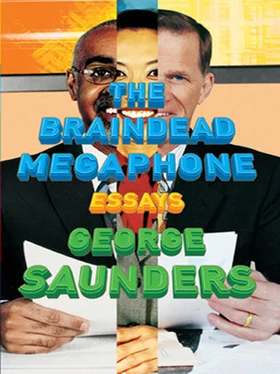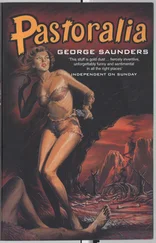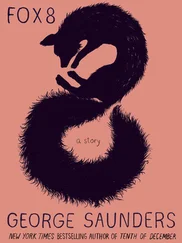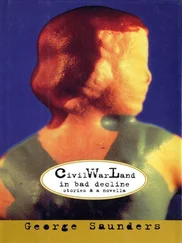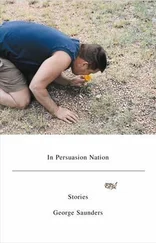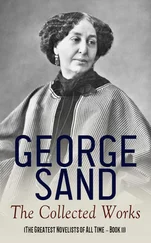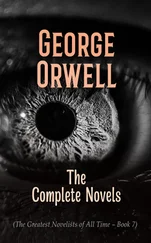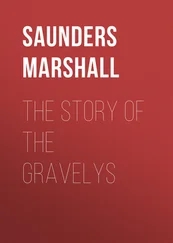We fight this by making ourselves less vulnerable, mastering the physical, becoming richer, making bigger safety nets, safer cars, better medicines.
But it’s nowhere near enough.
What if the boy is making this fight in a new way, by struggling against the thousands-of-years-old usage patterns of the brain? What if he is the first of a new breed — or the most recent manifestation of an occasionally appearing breed — sent to show us something new about ourselves, a new way our bodies and minds can work?
Could it be? Could it?
Part of me wants to hop the outer fence, hop the inner fence, sit knee to knee with him, demand to know what the hell is going on.
I get up, but just to take a piss. It’s so dark I can’t tell when I’ve left the trail. There are dim shapes on the ground, but I can’t tell if they’re holes, shrubs, or shadows. I think of snakes. I think: Bring them on. Then I think: Hoo boy, no no, don’t bring them on. I try to get deep enough into the woods that nobody will, tomorrow, step in my piss. When I do go, it’s Niagara-esque, so loud the boy must hear it, if in fact he’s still hearing things.
Sorry, sorry, I think, I just really had to go.
I look up into the vast Nepali sky. Night, I conclude, is a very long thing. Is he suffering in there as much as I’m suffering out here? I wonder.
If so, then what he’s doing is a monumental, insane feat of willpower.
If not, it’s something even stranger.
THE LONGEST NIGHT IN HISTORY, PART IV: I DON’T DIE
Hours later, at a moment that (in the quality of light, a slight shift in the ambient sound) feels like the Beginning of the Beginning of Morning — the colored lights appear again.
I struggle to the fence, trying not to tread upon any sleeping lamas. Scattered across the ground inside the Enclosure are thousands of snowflakelike silverish glittering flecks. I perform a test, developed back in my acid days: Are the flecks also on my hands? They are. Are they still visible when I close my eyes? They are. Therefore they are an optical illusion, albeit one I have never had before or heard of anyone else ever having.
Oh man, I think, I have no idea what’s going on here. The line between miracle and hallucination is all but gone. I am so tired. The center is not…What is it the center is sometimes said not to do? Hanging? Having? The center are not hanging.
The lights go white, then orange. Definitely orange. I visually compare this new orange bulk of light to the orange bulk of light I know is the fire back at the Committee Tent.
Again I conclude that the miracle is a campfire.
And yet.
And yet.
Undeniably, over an indefinite period of time, during which time continues not to pass, it gets lighter. The canoeful of lamas rises up, confers briefly, rushes off on a good-morning circumambulation.
I go to the fence.
The sun comes up.
The boy is revealed, sitting, still sitting, in exactly the same position as when I last saw him, at sundown. How did you do it, I think, in your thin sleeveless garment? All night bare to the cold, matless on the cold ground, in full lotus: no coat, no gloves, no socks, no hope of an early-morning rescue.
It seems impossible he’s not dead. He looks made of stone, utterly motionless, as impervious to the night as the tree he appears to be part of. Can I see his breath? I can’t. Does his chest expand and contract? It doesn’t, not that I can see.
Because this night was hard for me, part of me expects it was hard for him and won’t be surprised if he stands up and announces he’s quitting.
But then I remember he’s already spent on the order of two hundred nights out here.
I take what I know will be my last look at him, hoping for…I’m not sure what. Some indication that he’s alive, that he’s operating within the same physical constraints as I am: an adjustment of posture, a clearing of the throat, a weary sigh.
Nothing.
I feel, to gravely understate it, the monumental distance between his abilities and mine.
Pilgrims begin arriving. They step to the fence, gape in wonder, dash off along the circular path, chatting loudly, speculating on what he’s doing and why he’s doing it.
In short, a new day begins.
I rejoin Subel at the Committee Tent.
“I salute you,” he says.
“I salute you,” I say.
Both of us are in a state of sleep-deprived paranoia. It has separately occurred to us that the boy must be dead or in a coma. When Subel brought this up last night at the fire, the brother’s only explanation was that since the boy sits leaning slightly forward, if he does die, he’ll topple forward. Subel asks me how long it takes a body to decay. We try to remember: Didn’t Prem tell us that he goes to the ditch every morning and checks to make sure the boy is breathing?
We are relatively sure he did.
The family, Subel tells me, desperate to prove that this is real, is livid with the government and the media for not arranging appropriate scientific tests. They will do anything to help; their only condition is that the boy not be touched, since this would interfere with his meditation.
We experience the deep delight of putting our shoes on again. At one of the stalls, we stop for tea. We have breakfast at another. We are escaped from the boy, from his asceticism, like guilty holidaymakers, lowering ourselves back into the deliriously physical, the realm where any discomfort is instantly reckoned with.
We drive back to Birgunj. Subel is thoughtful: He came out here doubting this boy, he says, but now thinks there is something there, the boy seems to have some power….
An early-morning fog is on everything. In the heavy traffic, we have several gravel-crunching close calls. But soon enough, we’re sleeping through even these.
Back at the hotel, under every blanket I can find, including the reclaimed emergency blanket, I sleep all afternoon, a deep, dream-drenched sleep: more O’Keeffe flowers; more secret communiqués from the boy; finally, a series of impossibly detailed tangka -like patterns in reds and yellows, constituting themselves into being from right to left. The patterns are intricate, encoded, terrifying in their complexity, full of love and challenge and cocky intelligence, beautiful and original in ways I wouldn’t have believed possible if I weren’t seeing it right in front of me, with my own eyes.
EPILOGUE: WHEREVER YOU ARE, I WISH YOU WELL
Two months later, on March 11, 2006, I get an e-mail from Subel: “A very bad thing has happened. The Buddha Boy suddenly vanished last night. He is not there anymore. There are so many reports and stories, but nothing is certain. He might have shifted to another location, but no one knows. The Committee has no idea where he might have gone. They have denied the possibility that he has been abducted. They are all, including the police and the local administration, looking for the boy.”
I’m kind of blown away by this. It occurs to me that I’ve developed a faith in this boy, a confidence that, years from now, he’ll have just finished his sitting, and I’ll be able to come back to Nepal and ask him what he learned, what I should do, what we all should do, based on what he’s learned.
Over the next week, more rumors: The fence was cut. His clothes were left under the tree. He was seen by a villager, walking slowly into the jungle. The boy turned, placed his hands together in greeting, continued. Hundreds of people were out searching for him but had so far found nothing.
Then, on March 20, the BBC reported that the boy had briefly reappeared for a secret meeting with the Chairman of the Village Committee. He said he was going into hiding and would reappear again in six years. He asked that monks perform purification prayers at the spot of his meditation. He was quoted as saying, “I left because there is no peace here. Tell my parents not to worry.”
Читать дальше
